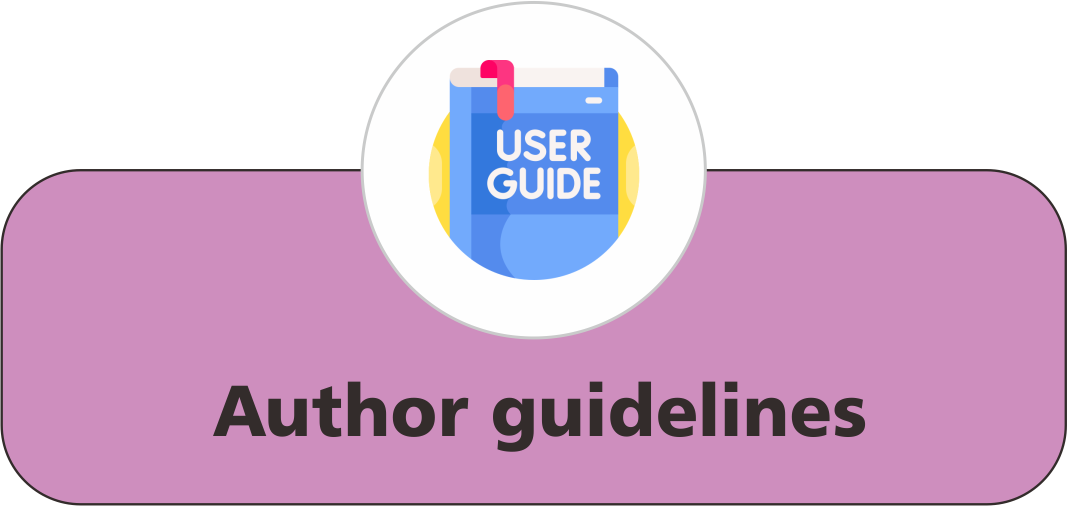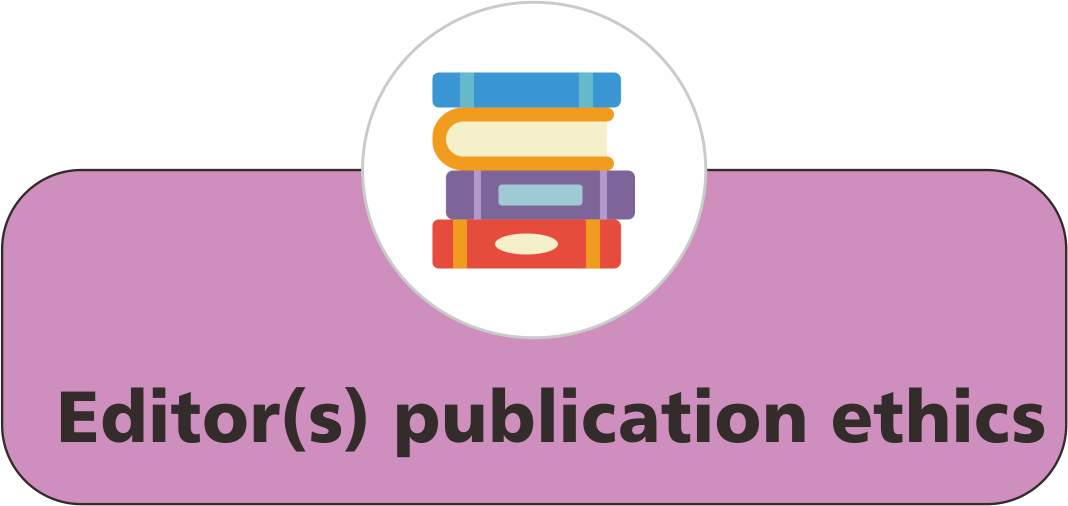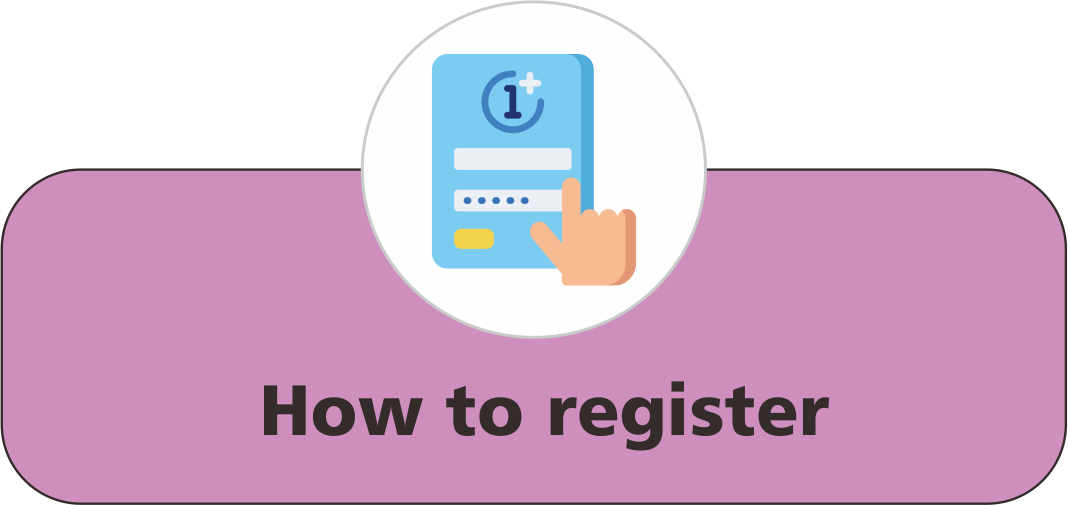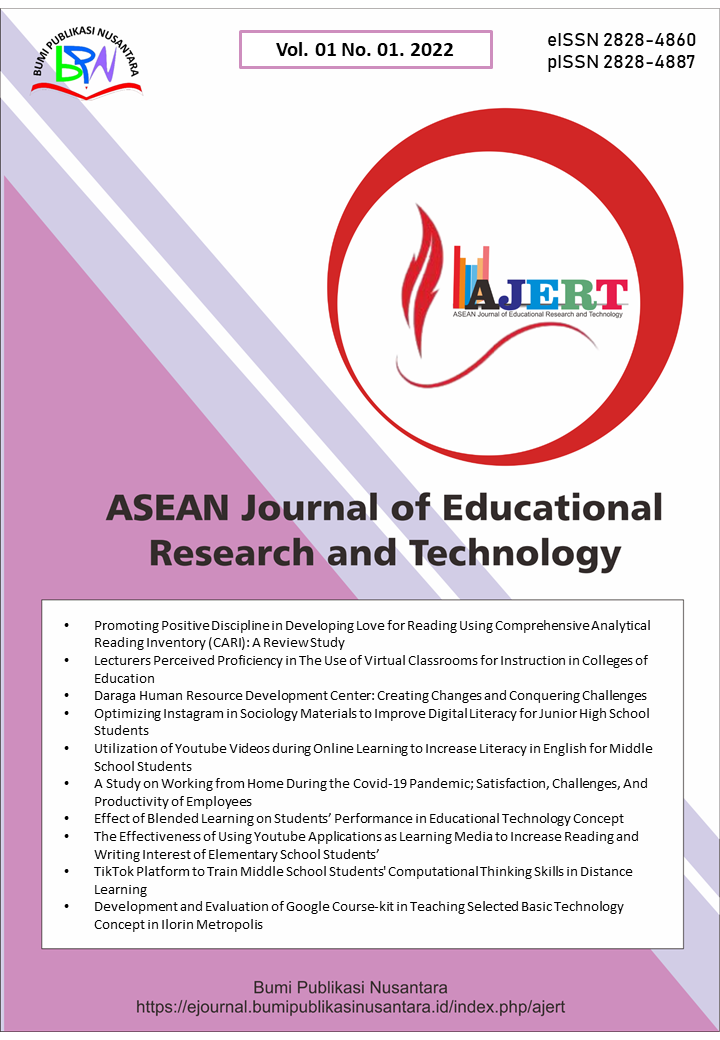Senior High School Strands: Factors Affecting the Students’ Preference
 ), Goji Gacoscos(2), Edward Martinez(3), Hassanal Abusama(4), Anamarie Valdez(5),
), Goji Gacoscos(2), Edward Martinez(3), Hassanal Abusama(4), Anamarie Valdez(5),
(1) Sultan Kudarat State University
(2) Sultan Kudarat State University
(3) Sultan Kudarat State University
(4) Sultan Kudarat State University
(5) Sultan Kudarat State University
 Corresponding Author
Corresponding Author
Abstract
Keywords
References
Deil-Amen, R. (2011). Socio-academic integrative moments: Rethinking academic and social integration among two-year college students in career-related programs. Journal of Higher Education, 82(1), 54-91.
Magnaye, R. P. (2020). Self-Perception of ABM students towards their academic, social and emotional college preparedness. Online Submission, 1(2), 1-18.
Moneva, J. C., and Malbas, M. H. (2019). Preferences in senior high school tracks of the grade 10 students. IRA International Journal of Education and Multidisciplinary Studies, 15(5), 167-174.
Nyamwange, J. (2016). Influence of student's interest on career choice among first year university students in public and private universities in country, Kisi Kenya. Journal of Education and Practice, 7(4), 96-102.
Santric-Milicevic, M. M., Terzic-Supic, Z. J., Matejic, B. R., Vasic, V., and Ricketts III, T. C. (2014). First-and fifth-year medical students’ intention for emigration and practice abroad: a case study of Serbia. Health Policy, 118(2), 173-183.
Sugano, S. G. C., and Mamolo, L. A. (2021). Analysis of students' aptitude and academic performance: input to curriculum enhancement. Anatolian Journal of Education, 6(2), 51-62.
Vyas, S., and Kumaranayake, L. (2006). Constructing socio-economic status indices: how to use principal components analysis. Health policy and planning, 21(6), 459-468.
Article Metrics
Abstract View : 102180 times
: 102180 times Download : 262890 times
Download : 262890 times
Refbacks
- There are currently no refbacks.
Copyright (c) 2022 Bumi Publikasi Nusantara

This work is licensed under a Creative Commons Attribution-ShareAlike 4.0 International License.









